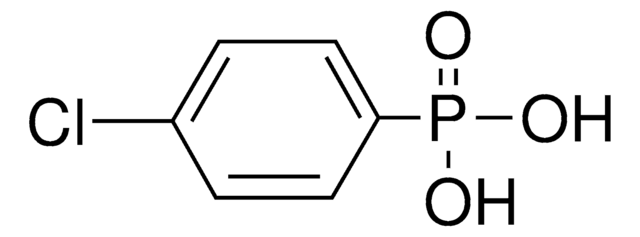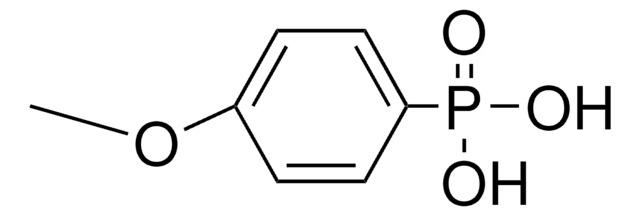SCP0250
Syntide 2 Peptide
≥95% (HPLC), lyophilized
Anmeldenzur Ansicht organisationsspezifischer und vertraglich vereinbarter Preise
Alle Fotos(1)
About This Item
Empirische Formel (Hill-System):
C68H122N20O18
Molekulargewicht:
1507.82
UNSPSC-Code:
12352204
NACRES:
NA.32
Empfohlene Produkte
product name
Syntide 2,
Assay
≥95% (HPLC)
Form
lyophilized
Zusammensetzung
Peptide Content, ≥75%
Lagerbedingungen
protect from light
Lagertemp.
−20°C
Lagerklassenschlüssel
11 - Combustible Solids
WGK
WGK 3
Flammpunkt (°F)
Not applicable
Flammpunkt (°C)
Not applicable
Analysenzertifikate (COA)
Suchen Sie nach Analysenzertifikate (COA), indem Sie die Lot-/Chargennummer des Produkts eingeben. Lot- und Chargennummern sind auf dem Produktetikett hinter den Wörtern ‘Lot’ oder ‘Batch’ (Lot oder Charge) zu finden.
Besitzen Sie dieses Produkt bereits?
In der Dokumentenbibliothek finden Sie die Dokumentation zu den Produkten, die Sie kürzlich erworben haben.
Sudhir Kumar et al.
mBio, 12(6), e0257521-e0257521 (2021-11-03)
Gametocytes of the malaria parasite Plasmodium are taken up by the mosquito vector with an infectious blood meal, representing a critical stage for parasite transmission. Calcium-independent protein kinases (CDPKs) play key roles in calcium-mediated signaling across the complex life cycle
Lushuang Huang et al.
Analytical chemistry, 92(1), 640-646 (2019-12-04)
The analysis of low-volume samples provides valuable insight into complex biological systems. However, the proteomic and metabolomic analysis of low-volume samples remains challenging due to the lack of simple, efficient, and reproducible microsampling techniques. We have developed an electrospray-assisted device
Nathália Rocco-Machado et al.
The Journal of biological chemistry, 298(11), 102579-102579 (2022-10-12)
Calcium/calmodulin-dependent protein kinase II δ (CaMKIIδ) has a pivotal role in cardiac signaling. Constitutive and deleterious CaMKII "autonomous" activation is induced by oxidative stress, and the previously reported mechanism involves oxidation of methionine residues in the regulatory domain. Here, we
Unser Team von Wissenschaftlern verfügt über Erfahrung in allen Forschungsbereichen einschließlich Life Science, Materialwissenschaften, chemischer Synthese, Chromatographie, Analytik und vielen mehr..
Setzen Sie sich mit dem technischen Dienst in Verbindung.








